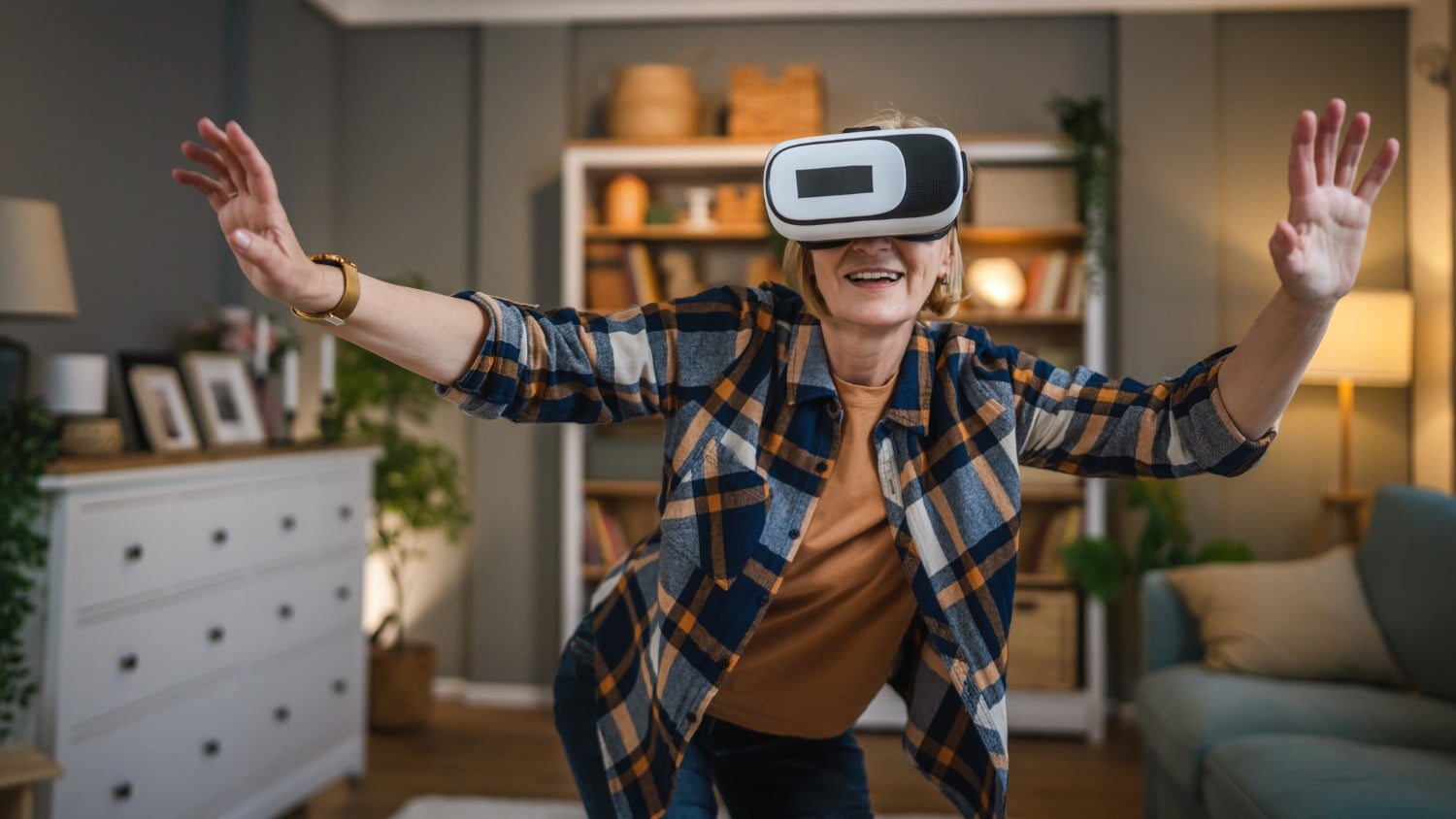
2024 Tech Trends – Navigating the Digital World
In the ever-evolving world of technology, staying ahead of the curve is crucial for people of all ages. As we step into 2024, the digital world continues to expand and transform, introducing innovative tech trends that promise to reshape the way we live, work, and connect.
- Artificial intelligence (AI) – Steady advancements in AI and ML (Machine Learning), including natural language processing, computer vision, and predictive analytics.
- Internet of Things (IoT) – In 2024, we will see the continued growth of IoT devices and the integration of smart technologies in various industries, such as smart homes, healthcare, and industrial settings.
- Augmented Reality (AR) and Virtual Reality (VR) – Advancements in AR and VR technologies for immersive experiences in gaming, education, training, and various industries.
- Health Tech and Wearable Devices – Health Tech and Wearable Devices are transforming healthcare by providing real-time monitoring, personalized insights, and remote patient care.
- Robotics – Advances in robotics for automation in industries like manufacturing, healthcare, and logistics, as well as the development of social robots for various applications.
- Sustainable Technologies – Growing emphasis on environmentally friendly technologies, including renewable energy solutions, energy-efficient devices, and sustainable practices in tech.
- Voice Assistants and Natural Language Processing – Continued improvements in voice recognition technology and natural language processing, enhancing the capabilities of virtual assistants.
2024 Tech Trends
Technology is advancing at a breathtaking pace and may sometimes feel difficult to keep up with. Let’s take a look at the tech trends that are gaining in popularity and that may impact your life in the future.
Artificial Intelligence (AI) and Machine Learning (ML)
At its core, generative AI is designed to create new content, whether it be text, images, music, or even other types of data, without direct human input. The technology leverages neural networks to learn patterns and structures from vast datasets, enabling it to generate novel, realistic outputs.
Here are key aspects and applications of generative AI:
Content Creation
Generative AI has demonstrated remarkable capabilities in generating realistic and high-quality content. This spans from generating human-like text to creating images, videos, and even entire scenes.
Art and Design
In the creative fields, generative AI is becoming a powerful tool for artists and designers. It can be used to inspire new ideas, generate unique designs, or even collaborate with human artists in the creation of multimedia projects.
Text Generation
Models like OpenAI’s GPT (Generative Pre-trained Transformer) have excelled in natural language processing tasks. They can generate coherent and contextually relevant text, making them valuable for content creation, chatbots, and automated writing.
Data Augmentation
In machine learning, generative AI can be employed for data augmentation, creating additional synthetic data to augment training datasets. This can enhance model performance and robustness.
Simulation and Training
Generative AI plays a crucial role in simulating realistic environments for training purposes. This is particularly valuable in fields such as autonomous vehicles, where AI models can be trained in simulated scenarios before being deployed in the real world.
While generative AI holds immense potential, ethical considerations, such as the responsible use of deep fakes, copyrights, and also addressing biases in generated content, remain important aspects of its development. As the field continues to advance, the balance between innovation and ethical considerations will shape the responsible integration of AI into various domains.
Internet of Things (IoT)
The Internet of Things (IoT) refers to the interconnected network of physical devices, vehicles, appliances, and other objects embedded with sensors, software, and connectivity, allowing them to collect and exchange data. This vast web of connected devices enables seamless communication and automation, offering transformative possibilities across various industries.
In IoT, everyday objects become “smart” by gathering and sharing data, creating an ecosystem where devices work collaboratively to enhance efficiency, productivity, and convenience. This technology finds applications in diverse sectors, including healthcare, agriculture, transportation, and smart cities.
IoT’s impact extends to optimizing resource management, enabling predictive maintenance, and fostering innovation in areas such as wearable technology and connected homes. As IoT continues to evolve, its potential to revolutionize how we interact with the world around us and streamline various processes remains at the forefront of technological advancement.
One prominent example of an Internet of Things (IoT) product is the Smart Thermostat. These devices leverage IoT technology to enhance energy efficiency and provide you with greater control over your home heating and cooling systems.
Augmented Reality (AR) and Virtual Reality (VR)
Augmented Reality (AR) and Virtual Reality (VR) are immersive technologies that alter the way we perceive and interact with the digital and physical worlds.
Augmented Reality (AR)
AR overlays digital information onto the real world, enhancing our immediate surroundings. Through devices like smartphones, smart glasses, or AR headsets, you can see computer-generated graphics, text, or interactive elements integrated with your physical environment. AR finds applications in diverse fields, from gaming and education to healthcare and retail, offering real-time, context-aware information and experiences.
Virtual Reality (VR)
In contrast, VR creates a fully immersive digital environment that you can interact with through specialized headsets. These headsets block out the real world, replacing it with a computer-generated 3D environment. VR is extensively used in gaming, simulation training, and virtual tourism, providing users with a sense of presence in entirely synthetic or recreated settings.
Meta Quest 2 – Advanced All-In-One Virtual Reality Headset
Both AR and VR share the goal of enhancing user experiences, but they cater to different needs. AR enriches reality by adding digital elements to it, while VR transports users to entirely digital realms. As technology advances, these immersive technologies continue to redefine industries, offering innovative solutions and reshaping how we learn, work, and entertain ourselves.
Health Tech and Wearable Devices
Health Tech and Wearable Devices are at the forefront of a revolution that empowers you to take charge of your well-being through advanced technologies.
Wearable Fitness Trackers
Wearable devices like fitness trackers and smartwatches have become ubiquitous in monitoring physical activity, heart rate, sleep patterns, and more. These trackers provide real-time data, encouraging you to make informed decisions about your lifestyle and fitness routine.
Amazfit Band 5 Activity Fitness Tracker
Remote Patient Monitoring
Health Tech extends to remote patient monitoring through wearable devices. Continuous tracking of vital signs and health metrics allows healthcare professionals to monitor patients outside traditional clinical settings, improving care for chronic conditions and enabling early intervention.
Smart Clothing and Textiles
Innovations in smart textiles incorporate sensors into clothing, allowing for continuous monitoring of vital signs. This includes shirts that measure heart rate or socks that track balance, providing valuable health insights without the need for external devices.
Personalized Health Apps
Wearable devices often integrate with health apps that offer personalized insights and recommendations. These apps can track nutrition, provide mental health support, and offer guided workouts, contributing to holistic well-being.
Telemedicine and Telehealth
Wearable devices play a crucial role in the expansion of telemedicine. They enable remote consultations by transmitting real-time health data to healthcare providers, fostering a more connected and accessible healthcare ecosystem.
Preventive Healthcare
By promoting continuous monitoring and early detection of health issues, wearable devices contribute to a preventive healthcare approach. Users can proactively address potential concerns, leading to better health outcomes.
Mental Health Monitoring
Wearable devices are increasingly incorporating features for mental health monitoring, including stress levels and sleep quality. These insights contribute to a holistic understanding of overall well-being.
In the evolving world of Health Tech and Wearable Devices, the synergy between technology and healthcare continues to redefine how we engage with our health, offering unprecedented opportunities for proactive and personalized well-being.
Robotics
The future of robotics holds exciting possibilities, promising transformative impacts on various aspects of our lives.
Automation in Industries
Robotics is expected to play a central role in automating industries, enhancing efficiency, and reducing costs. Advanced robots will handle repetitive tasks in manufacturing, logistics, and other sectors, allowing human workers to focus on more complex and creative responsibilities.
Healthcare and Medical Robotics
Robots are increasingly being used in healthcare for tasks like surgery, rehabilitation, and assistance to healthcare professionals. The future may see further developments in robotic exoskeletons, telepresence robots for remote healthcare, and even nanobots for targeted drug delivery within the body.
Personal and Service Robots
The integration of robots into our daily lives is anticipated to grow, with advancements in personal and service robots. These robots could assist with household chores, provide companionship, and help in various service-oriented tasks, making them more accessible and user-friendly.
Gladwell Gecko Robot Window Cleaner
Roborock Q7 Max+ Robot Vacuum and Mop
Collaborative Robots (Cobots)
The development of collaborative robots, or cobots, is a trend that emphasizes human-robot collaboration. These robots are designed to work alongside humans, contributing to a more harmonious and productive work environment.
The future of robotics is dynamic, offering a range of benefits while also posing challenges that society must address. Continued research, technological innovation, and thoughtful consideration of ethical implications will shape how robotics evolves and integrates into our daily lives in the years to come.
Sustainable Technologies
The future of sustainable technologies holds great promise as societies increasingly prioritize environmentally friendly solutions to address global challenges. Several key trends are shaping the trajectory of sustainable technologies.
Renewable Energy
The transition to renewable energy sources, such as solar, wind, and hydroelectric power, is a cornerstone of sustainable technologies. Advancements in energy storage and grid technologies are key components in making these sources more reliable and widespread.
Energy Efficiency
Sustainable technologies focus on enhancing energy efficiency across industries. Innovations in smart grids, energy-efficient buildings, and eco-friendly transportation contribute to reducing overall energy consumption and minimizing environmental impact.
Clean Transportation
The future of transportation involves a shift toward electric vehicles, hydrogen fuel cells, and sustainable aviation solutions. This transition aims to reduce reliance on fossil fuels, lower emissions, and mitigate the environmental impact of transportation.
Digitalization for Sustainability
The integration of digital technologies, including the Internet of Things (IoT) and artificial intelligence, is aiding in the monitoring and optimization of sustainable practices across various sectors. This digitalization enhances data-driven decision-making for more effective resource management.
The future of sustainable technologies is characterized by a holistic approach that integrates environmental, economic, and social considerations. As innovation continues to drive progress, the widespread adoption of sustainable technologies will be essential for creating resilient and environmentally conscious communities.
Voice Assistants and Natural Language Processing
Future voice assistants will exhibit improved natural language understanding, enabling more contextually aware and nuanced conversations. Advanced NLP algorithms will better grasp user intent, allowing for more sophisticated and personalized interactions.
Increased Personalization
As NLP algorithms become more refined, voice assistants will offer highly personalized experiences. They will better understand individual preferences, adapting responses and recommendations based on a user’s history and behavior.
Read more about 12 ALEXA SKILLS FOR SENIORS WITH DEMENTIA.
Integration with Smart Devices
Voice assistants will continue to be at the center of the smart home ecosystem, integrating seamlessly with a variety of devices. From controlling lights and thermostats to managing security systems, voice commands will be an intuitive and efficient means of interacting with connected environments.
Conversational AI in Business
The future sees an increased integration of conversational AI, powered by NLP, in business applications. Virtual assistants will assist with customer support, conduct natural language-based data analysis, and facilitate more intuitive interactions in professional settings.
Language Translation and Global Communication
Advancements in NLP will lead to improved language translation capabilities, facilitating seamless global communication. Voice assistants will play a role in breaking down language barriers, enabling real-time, natural conversations between people who speak different languages.
RAVIAD Language Translator Device on Amazon
Accessibility and Inclusivity
Voice assistants will continue to contribute to accessibility, assisting individuals with disabilities by providing hands-free and voice-activated solutions. The evolution of NLP will further enhance these capabilities, making technology more inclusive for a diverse user base.
The future of Voice Assistants and Natural Language Processing holds the promise of more intuitive, personalized, and context-aware interactions, shaping a world where technology seamlessly aligns with human communication preferences and needs.
Let’s Have a Conversation:
Do you like to keep up with the latest technology trends? Which 2024 tech trends will you be using? What technology are you already using? Tell us about it in the comments below.
Tags Technology





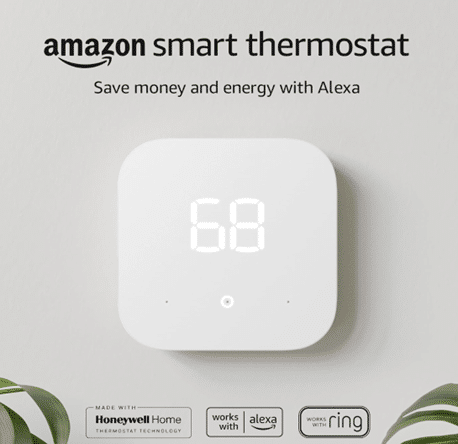
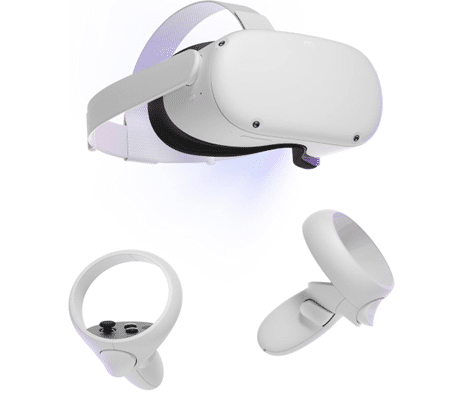
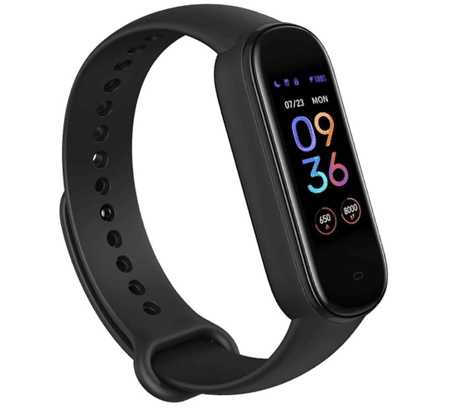
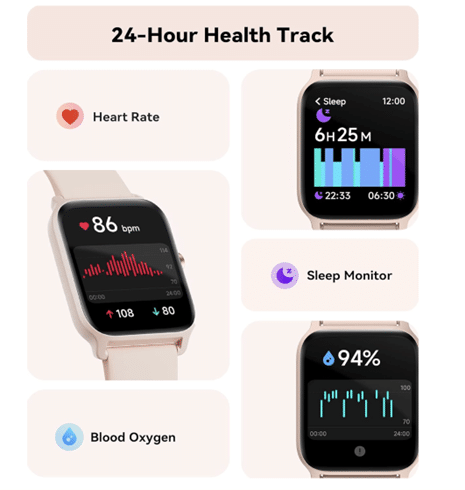

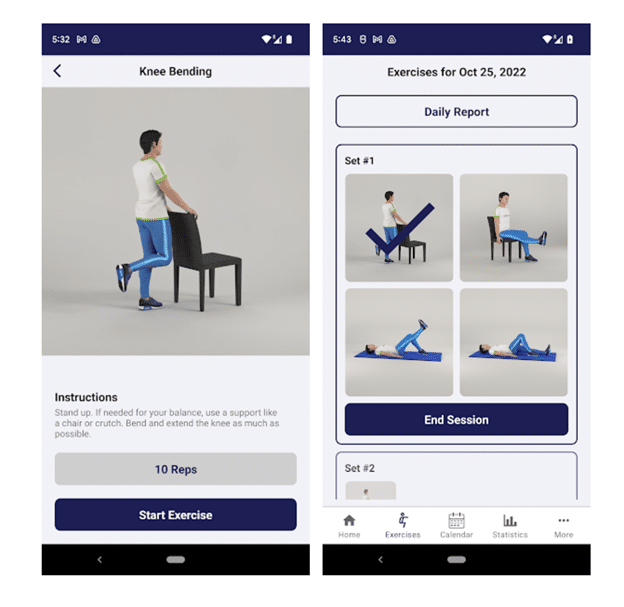
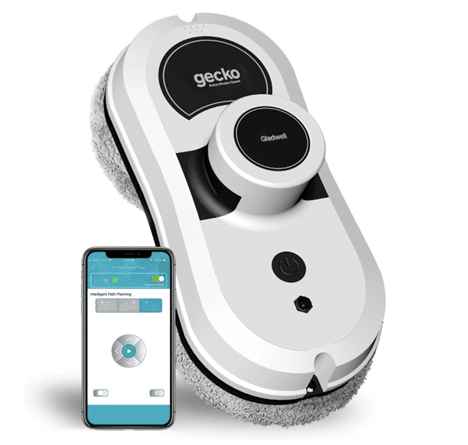
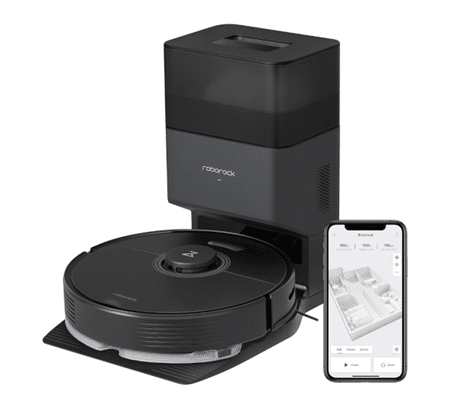

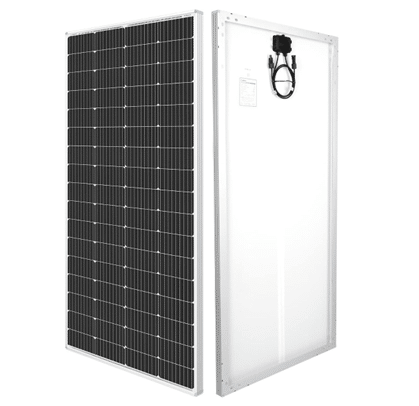
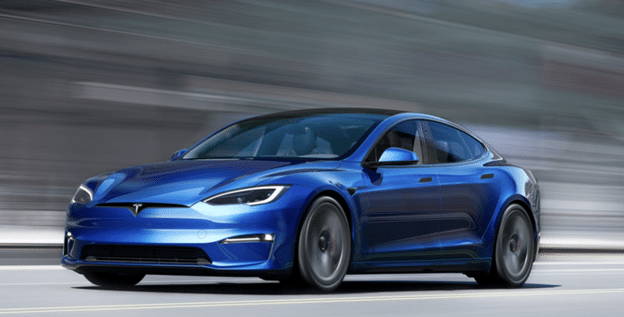
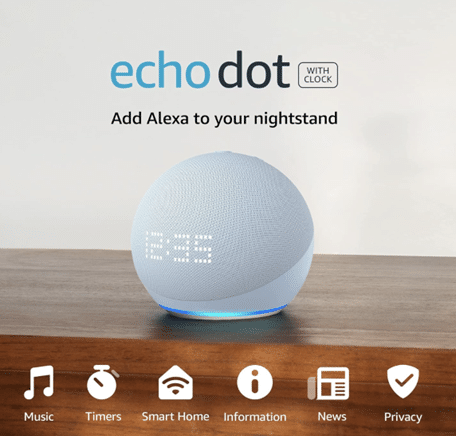
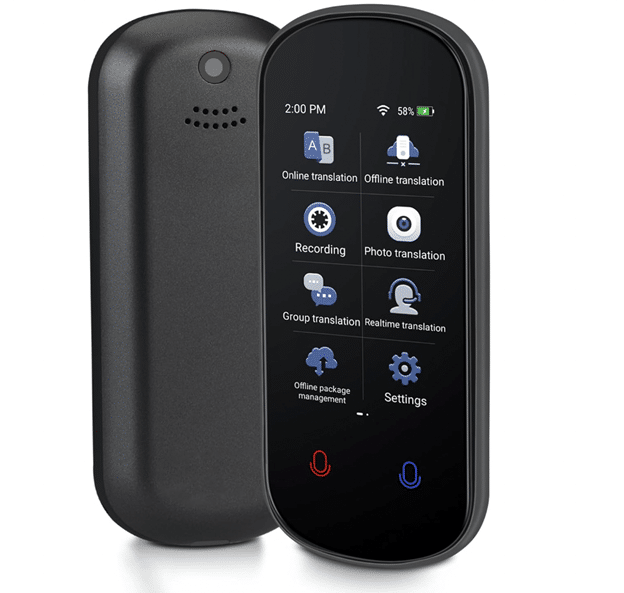


Some of the technology is incredible. That nearly everyone lives on their devices is sad and dangerous. It’s one of the reasons for much emotional anxiety and natural deficit disorder. Social skills are breaking down fast. Absenteeism in schools is at an all time high because of this. Breaks my heart when I see parents walking their children and they don’t even pay attention to them.
I try to keep up with technology as my husband is a software engineer.
I can do most things from my iPad and phone and I have things like fitness apps on my phone for when I’m out walking.
Around the home modern gadgets are great. For instance my oven has a touch screen with icons on it so no dials to fiddle with, same with my washing machine and drier.
However, I bought a robot vacuum thinking it would be great, but it just seems to bump round the room at random and gets stuck on rugs so I’ve given up on it.
Linda, I definitely agree on the Rumba-types. This reCAPTCHA thing drives me nuts.